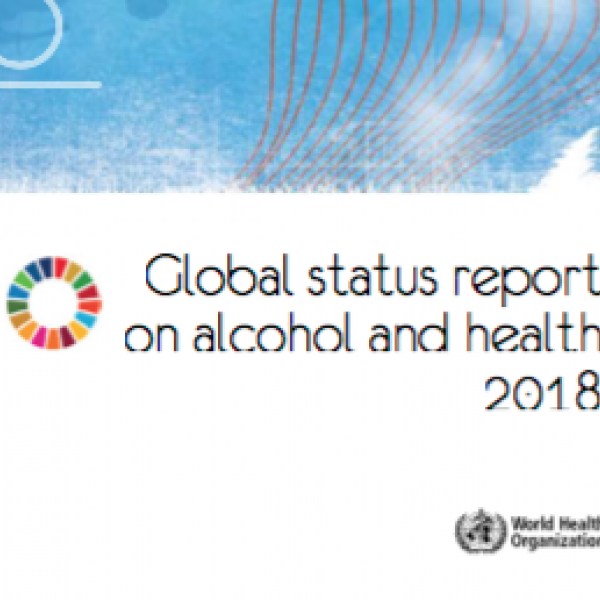Every year, the harmful use of alcohol kills 3.3 million people.
Of the 3.3 million alcohol-related deaths each year, 320 000 are young people between 15 and 29 years of age. It is the third leading risk factor for poor health globally, and harmful use of alcohol was responsible for almost 6% of all deaths in the world, according to the estimates for 2012.
The harmful use of alcohol is a causal factor in more than 200 disease and injury conditions, including liver disease, cancers, cardiovascular disease, mental illness, and injuries. Alcohol accounted for 5.9% of death and 5.1% of disability adjusted life years (DALYs) lost in 2012. Men (7.6%) are nearly twice as likely as women (4%) to suffer from deaths attributable to alcohol.
On a per capita basis, globally those aged 15 years and over drink an average of 6.2 litres of pure alcohol annually, however as only 38.3% of the population actually drinks alcohol, this amount increases to an average of 17 litres of pure alcohol among those who do drink. Drinking patterns vary a lot between and even within different regions of the world.
Harmful alcohol consumption’s implications on health, employment and income is estimated to decrease productivity by approximately 1% of GDP for most
OECD countries.
Cancer
A causal link has been found between alcohol and cancer of the oral cavity, pharynx, larynx, oesophagus, liver, colon, rectum, and female breast. For all of these cancers, the risk of cancer increases steadily with greater volumes of drinking. Find out more at WCRFI.
CVD
Chronic, heavy alcohol use has been associated with adverse cardiac outcomes including ischaemic heart disease (IHD), dilated cardiomyopathy, cardiac dysrythmias, and haemorrhagic strokes. It has been estimated that the detrimental effects of alcohol in terms of CVDs outweigh the beneficial effects by a factor of 2.4 (for deaths) and 3.5 (for DALYs), and these benefits typically only occur with low to moderate alcohol consumption (less than 20 g per day) and then only for selected cardiovascular outcomes (e.g. ischaemic heart disease and strokes).
Liver Disease
Alcoholic Liver Disease (ALD) is associated with various kinds of liver disease, with fatty liver, alcoholic hepatitis and cirrhosis being the most common. The likelihood of developing ALD is a function of both the duration and the amount of heavy drinking.
Prevention
The WHO global strategy to reduce the harmful use of alcohol has identified ten target areas of policy options and interventions. Three of these interventions have been identified as “very cost-effective” (best buys). These are:
-
Regulating commercial and public availability of alcohol
-
Restricting or banning alcohol advertising and promotions
-
Using pricing policies such as excise tax increases on alcohol beverages


